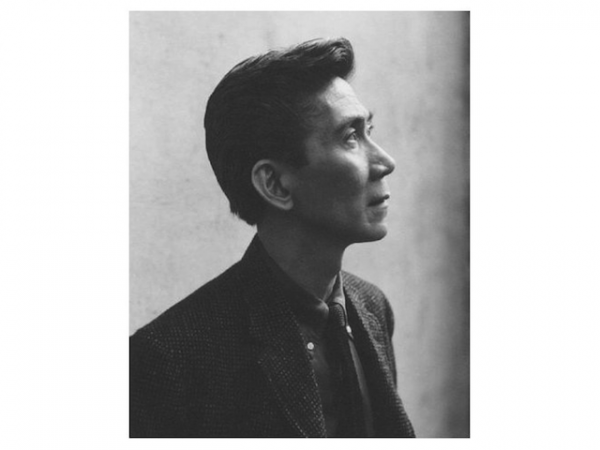
Jose Garcia Villa, a Filipino poet, critic, short story writer and painter, is an important person to recognize during Filipino American History Month.
Villa was born in 1907 in the Philippine Islands. His early path did not involve poetry. Instead he began a pre-medical course of study at the University of the Philippines, eventually switching to pre-law. After some time, Villa recognized that his true passion was in the creative arts, and his career as a writer began.
In 1929, he published a collection of erotic poems called Man Songs. This collection was met with some controversy. But that same year, he was selected for the Best Story of the Year from the Philippine Free Press magazine for his story called Mir-l-Nisa.
Villa moved from the university in the Philippines to attend the University of New Mexico where he went on to found Clay, a “mimeograph literary magazine.” After finishing his BA there, he moved to Columbia University for his post-graduate education.
Aside from publishing various collections of poetry, Villa also added to the world of poetic style, introducing a new rhyme scheme called “reversed consonance.” As Villa explained, “The last sounded consonants of the last syllable, or the last principal consonant of a word, are reversed for the corresponding rhyme. Thus, a rhyme for near would be run; or rain, green, reign.”
Villa also wrote something he called “comma poems,” where a comma is included after each word in the poem. As he explained in the preface to his Volume Two, “The commas are an integral and essential part of the medium: regulating the poem’s verbal density and time movement: enabling each word to attain a fuller tonal value, and the line movement to become more measured.”
Here are some samples of his comma poetry, if you need to see then for yourself. [http://aaww.org/four-poems-jose-garcia-villa/]
Villa has won numerous awards, including the 1973 National Artist of the Philippines for literature. His work in both poetry and challenging traditional poetic style continues to have an impact in modern poetry, both for members of the poetry community and other Asian American writers.